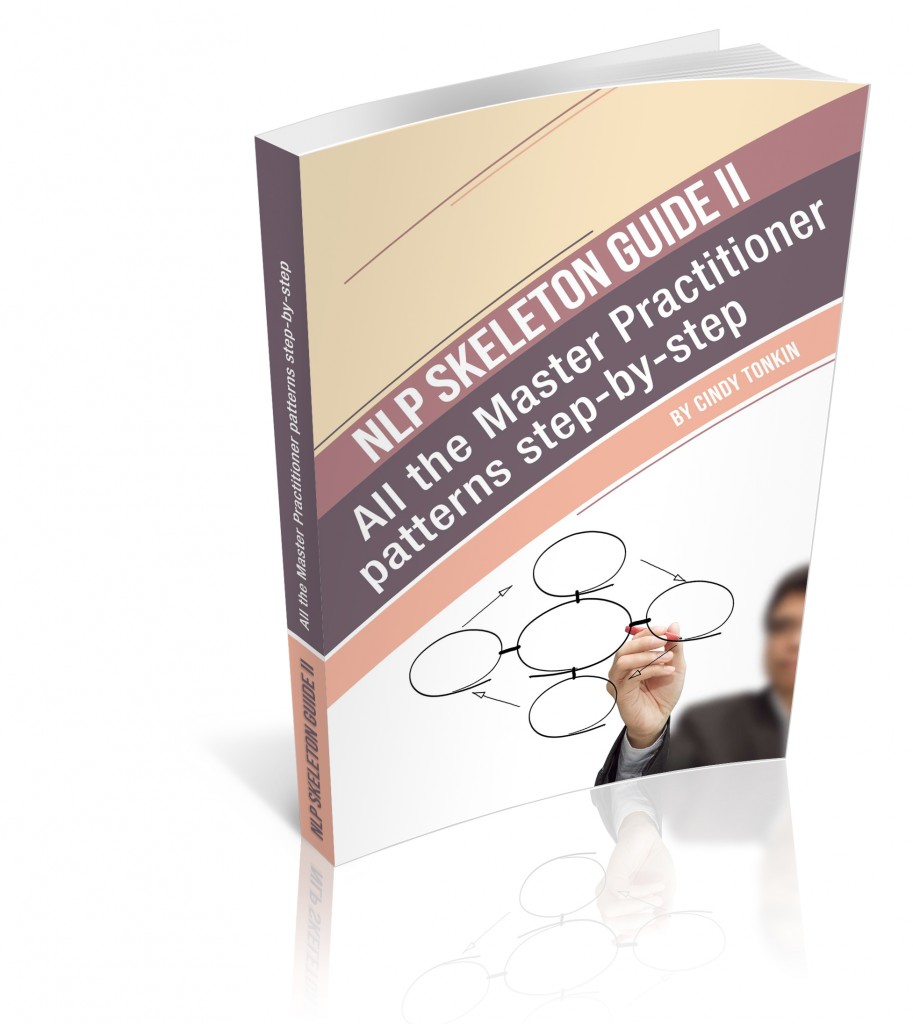Quick and Easy Guide to Documenting what you do
Original price was: $6.99.$2.99Current price is: $2.99. incl GST
Document what you do so you can make it easier, simpler and most importantly more enjoyable!
Description
Quick and Easy Guide to Documenting What you Do is exactly what it says on the pack.
You’re busy!
You know that you could do some things better, but it’s often hard to know where to start, and what will give the best bang for buck. Documenting answers both those questions and more. Here are seven reasons to document what you do:
-
You do more than you think
Alex regularly got to the end of the day feeling like he’d achieved nothing. It seemed he lurched from one urgent important task to the next. He wrote down everything he did for just one day. He felt better when he saw that he had actually achieved something. That was before he even changed anything. List your tasks and feel better too.
Learn more about documenting your tasks from page 12
-
Dump it
Alex showed his list to Kym at reception. She showed him her hand written list of client contacts, which duplicated the spreadsheet he kept. And that triplicated the main client database which Kym also maintained. They dumped both extra tasks and each saved 20 minutes a day. List what you do, and work out what you can dump.
Learn more about dumping your tasks on page 18
-
Delegate it
After documenting for 2 weeks, Alex realised that almost half of his time was spent doing things an administrator could do for him. He delegated some of it to the receptionist, and out-tasked some more. When you have 2 weeks’ worth of data, you can begin to see the patterns of what you can delegate.
Learn more about delegating your tasks on page 19
-
Improve it
Now he had time to focus. It became clear to Alex that what mattered was lead generating and client follow up. First he chose to delegate parts of his client follow-up. He sat down with Post-it notes and documented the client follow up process with Kym. Between them they not only documented what Alex did, but they also added some steps designed to wow their clients. When you take the time to document a process, you can see more clearly where it can improve.
Learn more about how to map and improve your processes from page 21
-
Teach it
Alex then mapped his lead-generating process with the whole team. He did it live, with Post-it notes and coloured markers onto a large piece of brown paper. He not only told them what he did, step by step, but he could also explain why he did it like that. The team added their own ideas. With chips and some soft drink it was a team building activity and a team training. Afterwards people said they wished they’d video-d it to show new staff. Everyone had buy-in to the new lead generation process because it wasn’t just Alex’s any more. You could document a process with your team, and teach them how they can help you (or replace you!).
-
Release it
Alex let the team do things the way they had documented for a week or so. He says it was a little like when he taught his daughter to ride a bike: he needed to take his hands off and risk falling. This part of the process was tough on him but it had an excellent payoff. He began to take days off here and there for conferences and events. A little long weekend here and there. When you document and delegate, you can begin to release yourself from the responsibility of some things!
Learn more about how to teach and release your tasks from page 36
-
Take a holiday
When he knew that the team could look after his clients whenever he needed them to, Alex he took a nice relaxing holiday for four weeks in a row. He received no calls or emails from the office during that time. Alex chose to take his holiday in Thailand. Where will you go?
Learn more about Tourist destinations (just kidding…)
Includes beautifully designed downloadable worksheets
The Quick and Easy Guide to documenting what you do comes with a set of beautifully designed downloadable worksheets.
I’ve been helping organisations document what they do for 25 years.
In that time I’ve always been astonished at how simple it is to do, and how much people enjoy it. Invariably someone always says “I wish we’d done this years ago”, or “I wish we’d done this when I first started”.
For a process that takes relatively little time to do, it has a big pay off when everyone is on the same page. What I want in my own business, and what I want for you in yours, is the freedom to get my work done (I love my work!), but also the opportunity to choose to take time off, to relax, to pursue the other important things in my life – friends, family, hobbies.
So this book is part of that.
This began as a short article on seven reasons to document what you do. The book expands each of those reasons to help you get it done.
The book is in pdf only.
7109 words. Includes a workbook
You may also like…
-
SALESelect options
Consultants' Guide Series
Original price was: $116.34.$32.75Current price is: $32.75. incl GST







